Buy Carrying the Cross, Pieter Brueghel the Younger as a reproduction on canvas, ArtFrame, poster and wallpaper, printed on demand in high quality.
About "Carrying the Cross, Pieter Brueghel the Younger"
About the artwork
In a long procession, Christ is led to Golgotha before his execution. A group of curious people is already waiting at the execution site when the first horsemen of the escort arrive. Behind these soldiers follows an open cart in which the good and the bad murderer are carried along, each with his confessor beside him. Behind them follows another group of lancers. Next comes Christ, who, with the help of Simon the Cyrener, drags on his cross and is surrounded by a spiteful gang of pulling and dragging executioners. Before Him, Veronica kneels to bite His face with a sudarium. Behind Christ follow, seated high on their horses, Pilate and the high priest, who must attend the execution. From a rock near the bottom right corner, Our Lady, John Evangelista and the Holy Women look down on the passing procession, weeping. According to Van Bastelaer and Hulin de Loo (1907), the present composition goes back to a lost original of the Old Breugel. However, Glück (1932) and Tolnay (1935) rightly consider this Carrying of the Cross to be an original composition by Pieter de Jonge, although very much inspired by his father's work of the same name in the Kunsthistorisches Museum, Vienna. Numerous iterations, including in the Galleria degli Uffizi, Florence, the Statens Museum for Konst, Copenhagen, the Szepmüveszeti Muzeum, Budapest, Pieter Brueghel the Younger (Brussels, 1564 or 1565 - Antwerp, 1638) was a Southern
Old Master collections
Discover more Old Masters in the following collections:
 Germany
Germany Ordered in February 2022
Ordered in February 2022
 Germany
Germany Ordered in June 2023
Ordered in June 2023
 Germany
Germany Ordered in September 2019
Ordered in September 2019
 Germany
Germany Ordered in July 2019
Ordered in July 2019
 Netherlands
Netherlands Ordered in July 2020
Ordered in July 2020
 Germany
Germany Ordered in May 2019
Ordered in May 2019
 Germany
Germany Ordered in November 2019
Ordered in November 2019
 Germany
Germany Ordered in March 2020
Ordered in March 2020
 Germany
Germany Ordered in August 2019
Ordered in August 2019
 Germany
Germany Ordered in December 2019
Ordered in December 2019
 Netherlands
Netherlands Ordered in October 2020
Ordered in October 2020
 Netherlands
Netherlands Ordered in September 2023
Ordered in September 2023
About the material
ArtFrame™
Interchangeable Art Prints
- High-quality print
- Easily interchangeable
- Acoustic function
- Large sizes available
Discover the Old Masters collection
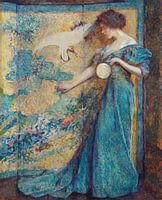 The Mirror, Robert Reid
The Mirror, Robert Reid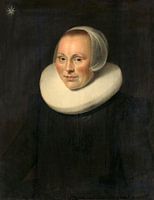 Portrait of a woman, anonymous - 1633
Portrait of a woman, anonymous - 1633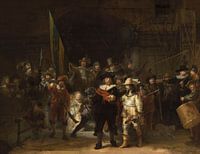 The Night Watch, with missing parts, Rembrandt
The Night Watch, with missing parts, Rembrandt Lilac in the sun, Claude Monet
Lilac in the sun, Claude Monet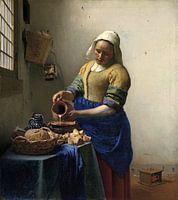 The Milkmaid - Vermeer painting
The Milkmaid - Vermeer painting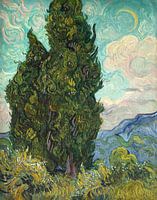 Cypresses
Cypresses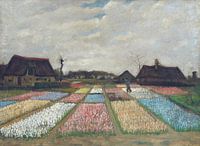 Vincent van Gogh. Flower beds in Holland
Vincent van Gogh. Flower beds in Holland A Amsterdam street scene - Adrianus Eversen
A Amsterdam street scene - Adrianus Eversen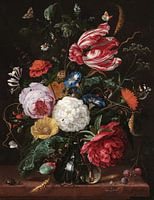 Flower arrangement, Jan Davidsz. de Heem
Flower arrangement, Jan Davidsz. de Heem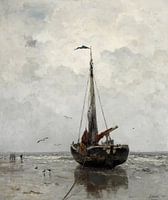 Jacob Maris - Fishing boat
Jacob Maris - Fishing boat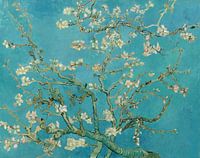 Almond blossom painting by Vincent van Gogh
Almond blossom painting by Vincent van Gogh Vincent van Gogh. Olive orchard
Vincent van Gogh. Olive orchard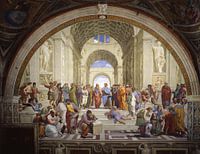 The School of Athens, Raphael
The School of Athens, Raphael Italian landscape with pine trees, Hendrik Voogd
Italian landscape with pine trees, Hendrik Voogd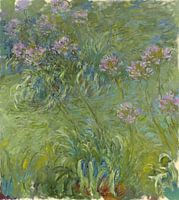 Agapanthus, Claude Monet
Agapanthus, Claude Monet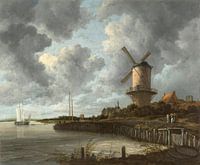 The mill at Wijk bij Duurstede, Jacob Isaacksz. van Ruisdael
The mill at Wijk bij Duurstede, Jacob Isaacksz. van Ruisdael The great wave of Kanagawa, Hokusai
The great wave of Kanagawa, Hokusai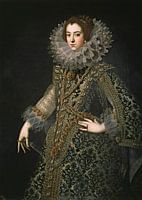 Queen Elizabeth of Bourbon
Queen Elizabeth of Bourbon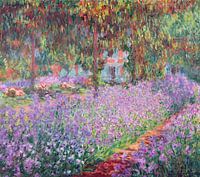 The Artist's Garden at Giverny, Claude Monet
The Artist's Garden at Giverny, Claude Monet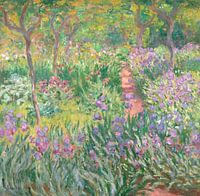 The Artist’s Garden in Giverny, Claude Monet
The Artist’s Garden in Giverny, Claude Monet
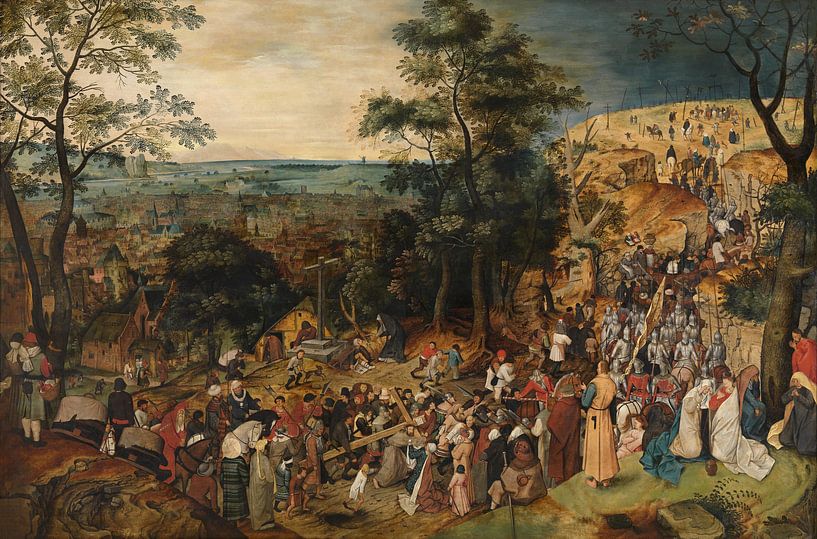
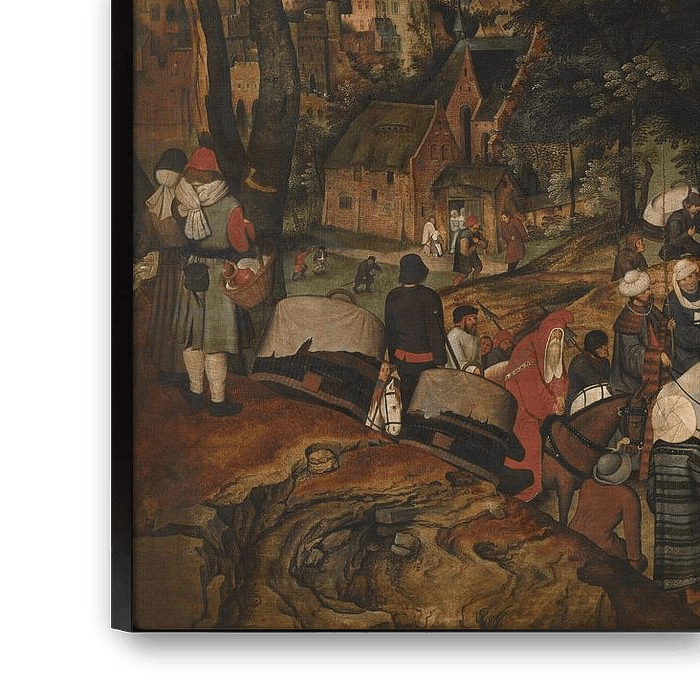

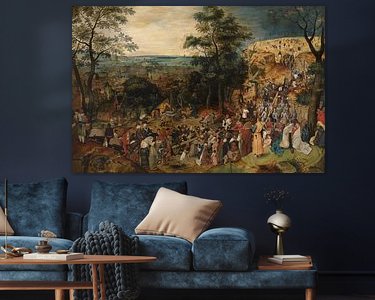

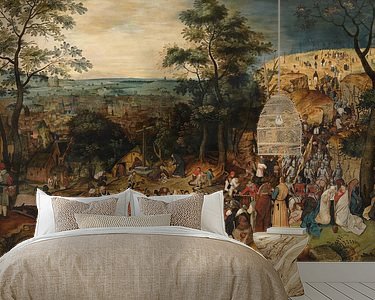


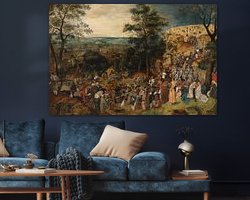
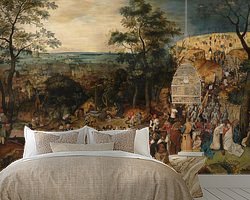
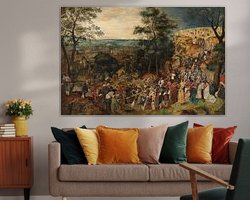
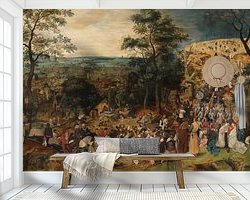
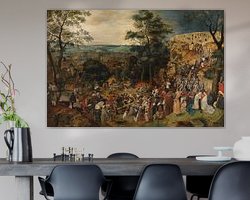
 Old masters
Old masters Pieter Brueghel de Jonge
Pieter Brueghel de Jonge Vibrant Colors
Vibrant Colors









